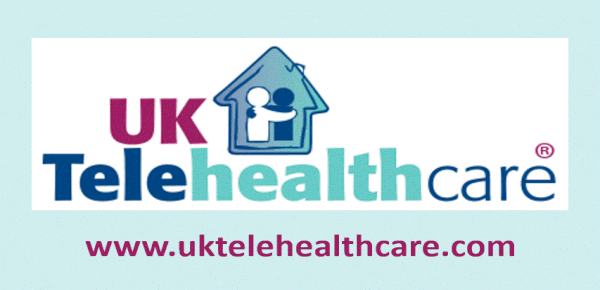 2019 proved to be a leveling-off year for digital health investment. The bath may prove to be more cleansing than bubbly.
2019 proved to be a leveling-off year for digital health investment. The bath may prove to be more cleansing than bubbly.
We noted that the always-fizzy Rock Health engaged in some revisionist history on its forecasts when the final numbers came in–$7.4bn in total investment and 359 deals, a 10 percent drop versus 2018. When we looked back at our 2019 mid-year article on Rock Health’s forecast [TTA 25 July], they projected that the year would end at $8.4 bn and 360 deals versus 2018’s $8.2 bn and 376 deals. That is a full $1bn under forecast and $0.8 below 2018. Ouch!
In their account, the 10 percent dip versus 2018 is due to average deal size–decreasing to $19.8M in 2019–and a drop in late-stage deals. Their analysts attribute this to wobbliness around some high-profile IPOs, citing Uber, Lyft, and Slack, as well as the near-collapse of WeWork right before its IPO towards the end of 2019.
New investors and repeat investors increased to 627 from 585 in 2018, with no real change in composition.
The headliners of 2019 were:
- Amazon’s acquisition of Health Navigator adding symptom-checking tools to its health offerings
- Google’s buy of Fitbit
- Optum’s purchase of Vivify Health, which gives it a full remote patient monitoring (RPM) suite (right when CMS is setting reimbursement codes for RPM in Medicare)
- Best Buy’s addition of Critical Signal Technologies for RPM
- Phreesia, Livongo’s and Health Catalyst’s IPOs. For Livongo and Health Catalyst, current share prices are off from their IPOs and shortly after: past $25 for LVGO and $31 for HCAT. Phreesia closed today at a healthy $33, substantially up from PHR’s debut at $15. (Change Healthcare, on the other hand, is up a little from its IPO at $16, which isn’t bad considering their circumstances on their financing.)
Rock Health only counts US deals in excess of $2 million, which excludes the global picture, but includes some questionable (in this Editor’s estimation) ‘digital health’ players like Peloton, explained in the 25 July article.
Rock Health’s analysts close (and justify their revisions) through discussions with VCs expecting further headwinds in the market–then turn around and positively note the Federal backing of further developments in building the foundation for connected health as tailwinds. No bubbly forecasts for 2020–we’ll have to wait.
Is this necessarily bad? This Editor likes an occasional dose of reason and is not displeased at Rock Health’s absence of kvelling.
Confirming the picture is Mercom Capital’s analysis which also recorded a 6 percent dip 2019/2018: $8.9bn with 615 deals, dropping from the $9.5bn and 698 deals in 2018. Their ‘catchment’ is more global than Rock Health, and encompasses consumer-centric and patient-centric technologies and sub-technologies. Total corporate funding reached $10.1bn.












Most Recent Comments